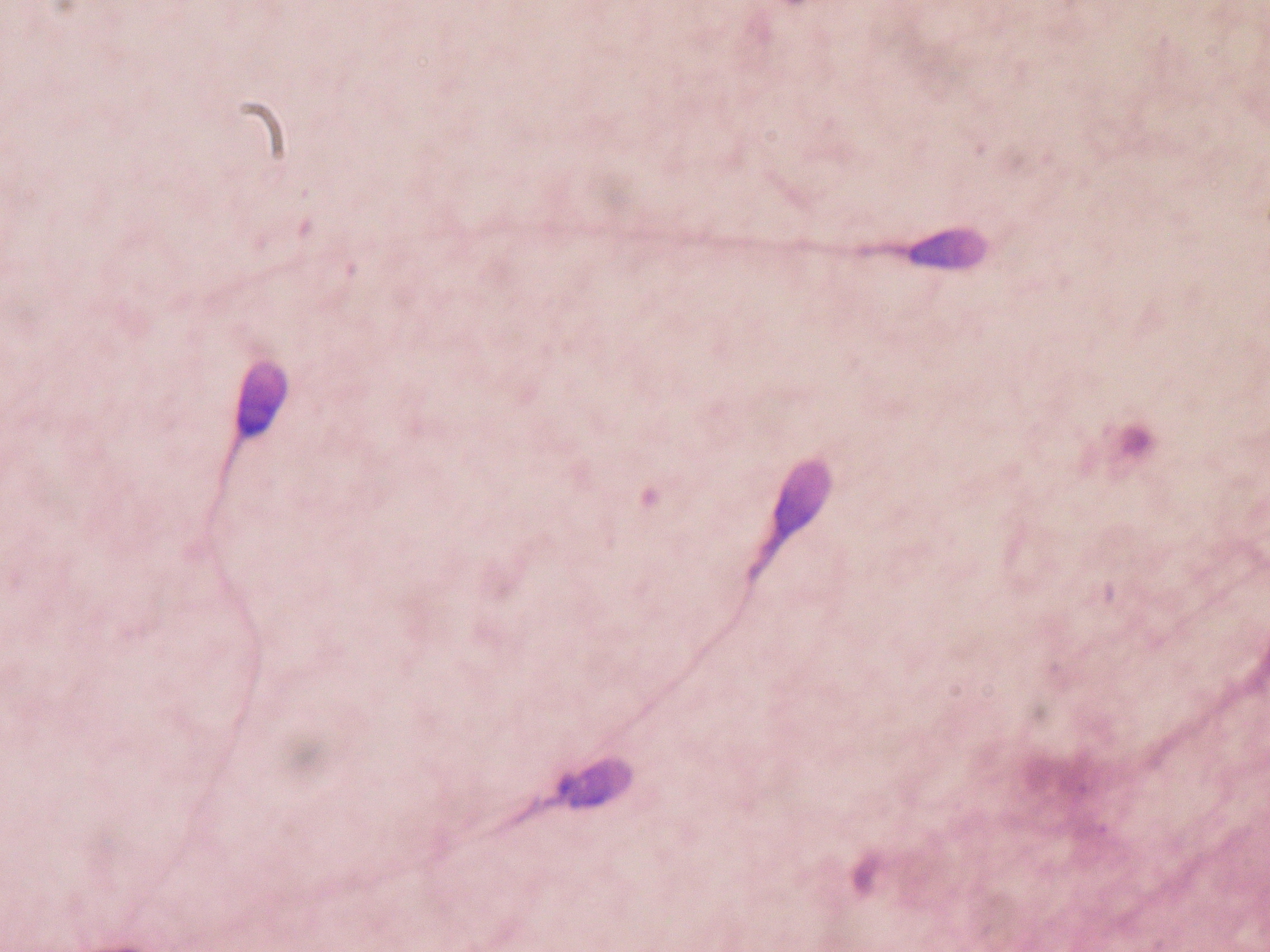On 17 September 2015, the private company, Kallistem, a start-up company of the Functional Genomics Institute in Lyon, held a press conference on “cell therapy technology differentiating between germinal stem cells”allowing “morphologically normal spermatozoa to be produced outside the body”. They thus obtained spermatozoa in vitro from rats, monkeys and then humans.
The announcement was made as far back as May. Since then, scientists in Lyon have filed a patent, Artistem®, and have “submitted the fruit” of 20 years’ research “for publication in a scientific journal. “A world first or simply a repetition of the feat accomplished last June?”wonders journalist and physician, Jean Yves Nau.
Kallistem has been able to develop this technique “thanks to collaboration with Laurent David, Professor at the Claude Bernard Lyon 1 University”and scientist at CNRS. The “in-vitro spermatogenesis specialists”have thus developed in vitro the conditions needed for integral spermatogenesis which lasts 72 days in man. With this process they hope “to preserve the fertility of young boys prior to puberty who are subjected to certain chemotherapies toxic for the gonads”and offer a solution for “120,000 adult males suffering from infertility that cannot be managed using current technology”.
However, this “announcement” has triggered the doubts of certain experts. The team still has to “prove the quality of these spermatozoa”from a physiological, biochemical and epigenetic perspective.
If this work were to be validated by the scientific community, scientists would “encounter considerable methodological and ethical difficulties”, “since French law [prohibits] the creation of human embryos for research purposes”. Nevertheless, “the market looks promising and time and tide wait for no man“, concluded Jean Yves Nau.
Jean-Yves Nau (17/09/2015) – CNRS (17/09/2015) – Dépêche AFP (17/09/2015) – Le Figaro (17/09/2015) Soline Roy

